New Humboldt Professorships have been awarded, among them three prominent international physicists working on electronic, magnetic and superconducting materials.


New Humboldt Professorships have been awarded, among them three prominent international physicists working on electronic, magnetic and superconducting materials.
A new, quasi-solid-state electrode which is suitable for long term cutaneous recording has been reported by French scientists.
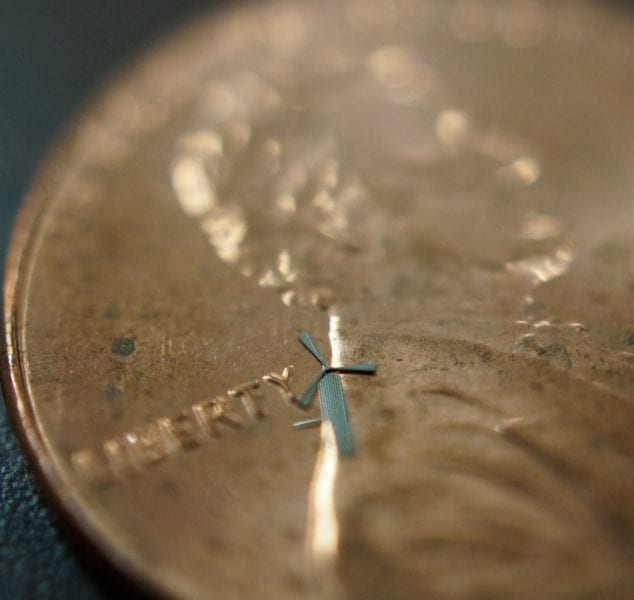
1.8mm wind turbines could be used to power cellphones, microelectronics, and have attracted the interested of WindMEMS.
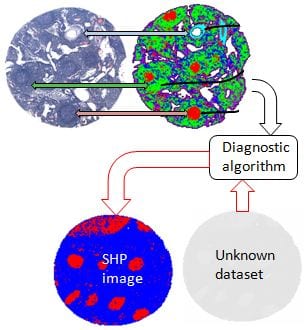
IR and Raman spectral imaging can distinguish between tissue types, disease types and stages, and even identify the primary tumors from spectral patterns observed in metastatic cells.
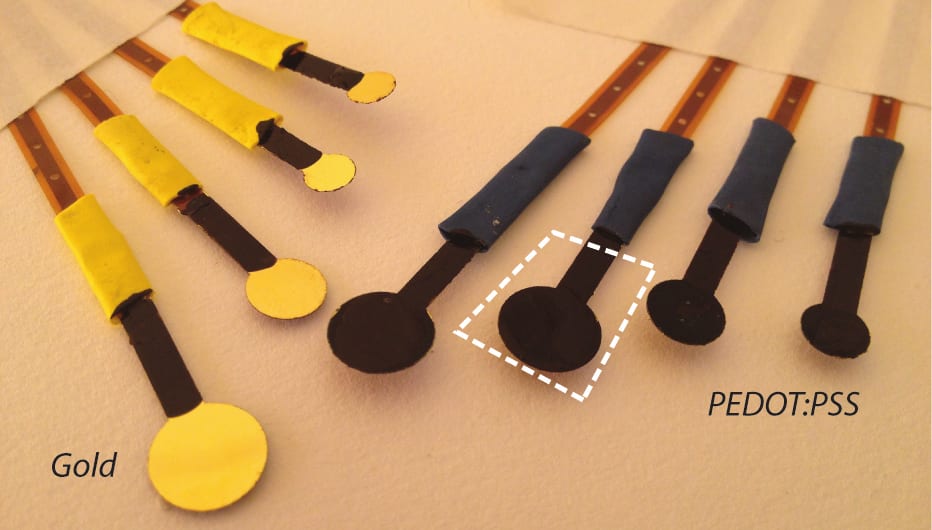
Researchers suggest using conducting polymers as a new type of dry (gel-free) electrode for EEG.

A noninvasive, controlled method of drug delivery via functionalising gold nanocages for Alzheimer’s disease therapy increases the therapeutic efficacy of chelation therapy.
Team investigate the ability of the body to accept stretchable electronic devices for long-term use.

Physicists from the University of York have carried out new research into how the heating effect of an experimental cancer treatment works.
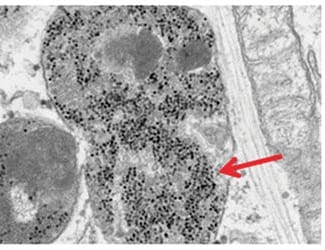
Treating cells with iron oxide nanoparticles allows them to be steered through the body by magnets.
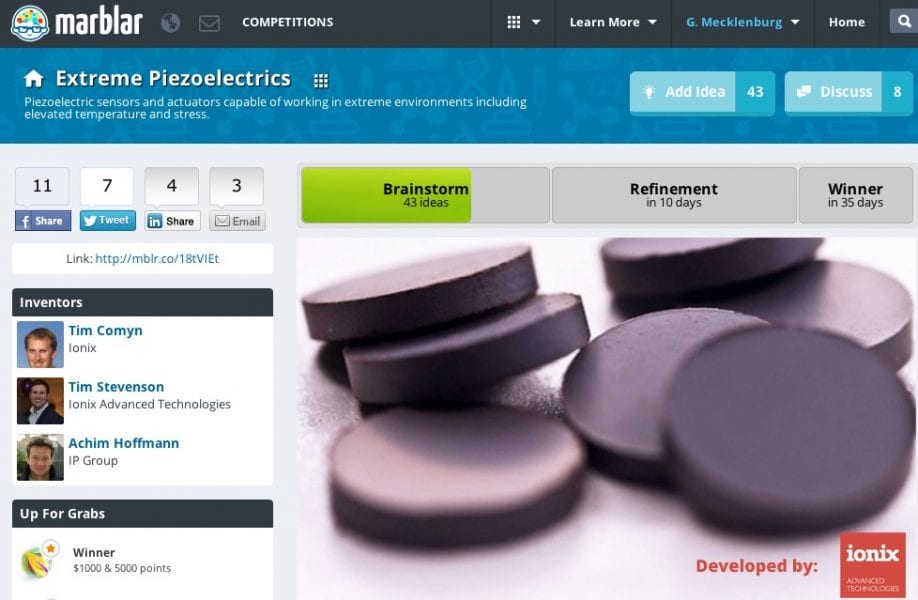
New website from English PhD students aims to focus the power of the internet to find applications for scientific research.